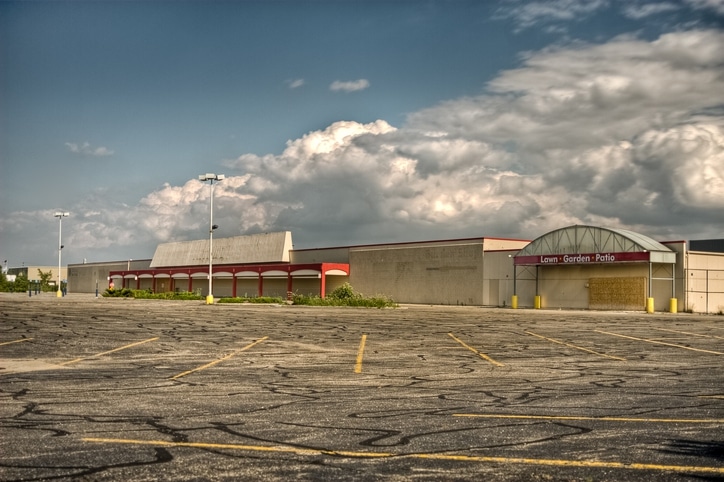Are we facing a retail renaissance or apocalypse?
Speakers at NRF 2018 were split. Many said the industry is firmly entrenched in a Retail Apocalypse. Their evidence: Some 9,000 stores permanently closed their doors in 2017, with that number set to increase by 33% this year. Established retailers including BCBG, Bebe, American Apparel, J.C. Penney, RadioShack and Payless all closed more than 100 physical locations just last year.
Not everyone is convinced a Retail Apocalypse is underway, however. Some of the presenters at NRF 2018 said that the changes in retail are simply part of a natural evolution – that the proliferation of mobile devices and reliance on digital is leading retailers to adjust, but not forcing them into submission.
The store closings and bankruptcy filings are making it hard to deny, though, that this is an evolution many retailers won’t survive.
Perhaps a more comfortable way of looking at the changes in the industry is to find an optimistic term for them. That’s exactly what Foresee’s Eric Feinberg did during his session about competing and winning on customer experience. Feinberg attributes the changes in the industry to what he terms a “Retail Renaissance.”
“We live in an ‘And’ world,” Feinberg said, meaning that consumers want multiple touchpoints to interact with brands. They want to be able to connect with brands on mobile and in-store and on the website and through chat features and via voice command. It’s no longer enough to reach consumers. Now, consumers need to be reached on their terms. As evidence, Feinberg pointed to Foresee’s latest customer experience statistics.
“60 percent of shoppers who start in web will complete their customer journey on web,” Feinberg said, before adding that mobile now owns 20% of total digital dollar spend. “Mobile is a conversion channel, and now, a contribution channel.”
Feinberg’s outlook on the “Retail Renaissance” was echoed in a presentation from IBM’s Stephen Laughlin. While Laughlin said he wouldn’t call today’s retail climate an apocalypse, he did say there are lessons retailers can learn from this transformational period. Namely that retailers have transitioned to digital and made great strides on the web and via mobile, but that they haven’t done enough to improve the in-store experience.
“Have our stores changed that much?” he asked the audience. “Every other industry has changed.”
Laughlin also told a personal story about a client he advised that was in the music industry. The client had thrived throughout the ages by adapting to the changes in the industry. When records went out of style, the client was already selling tapes. When tapes became outdated, the client was prepared and ready to sell CDs. When Laughlin advised the company to consider selling digital music and MP3 players in the early 2000s, however, the company balked. The brand believed that the trend would never catch on and that digital music was a passing fad.
The company didn’t survive because it wasn’t able to adapt to a new digital era. Laughlin sees some parallels between that period in the music industry and the current retail landscape. And while he didn’t use the terms renaissance or apocalypse, it’s clear the meaning is all the same, even if only on a small scale.
“A healthy bit of paranoia can prevent individual catastrophe,” Laughlin said.
